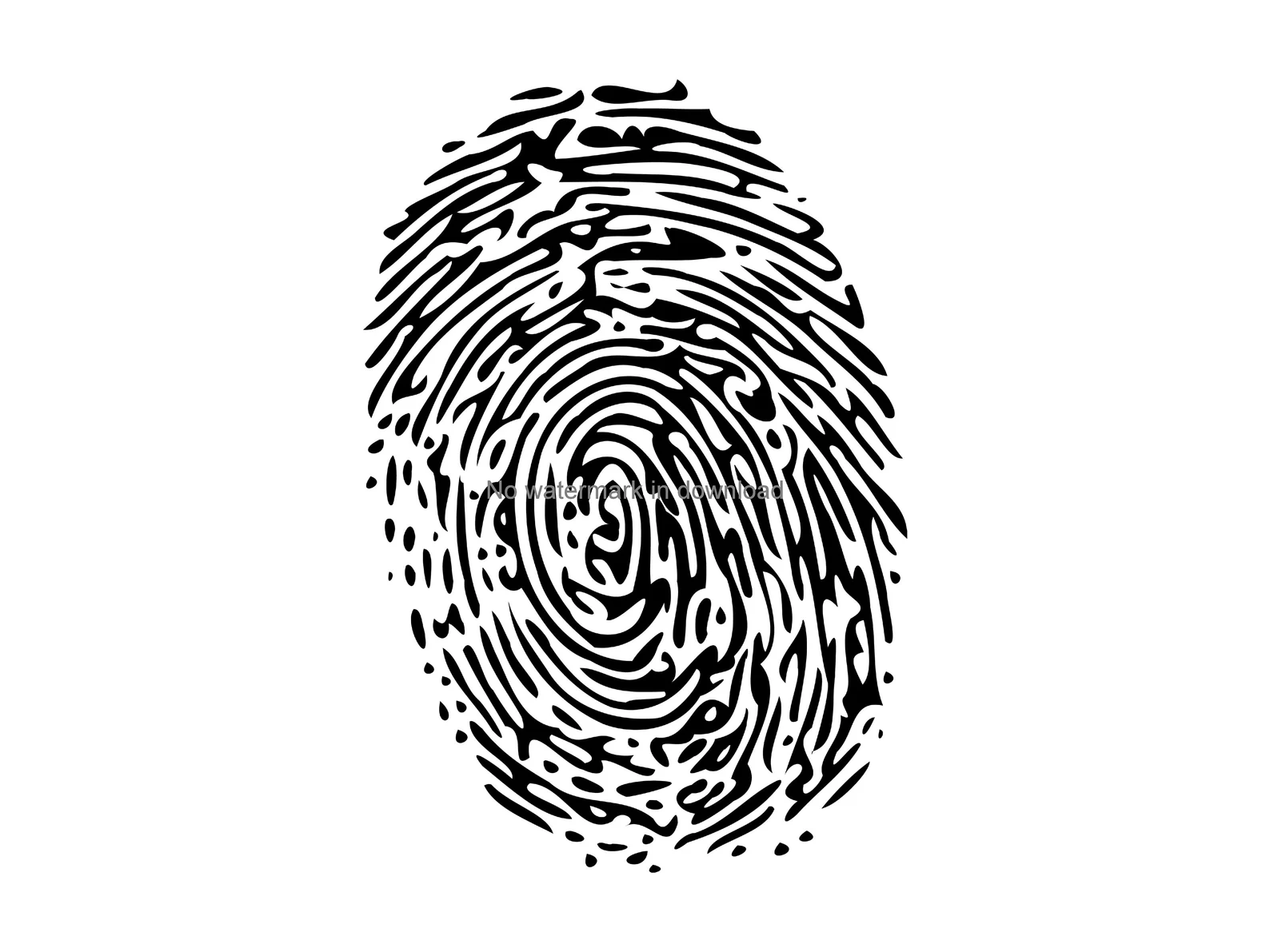
Thus, as in the previous entry I gave two examples of regulations approved on 10 April where the European right has good reasons to reject the Pact and to promote, as soon as the legislature restarts, a reform of the texts, in this publication I will refer to the document that has received the greatest criticism from NGOs and entities linked to the immigration business: EURODAC.
To everyone’s knowledge, Eurodac already exists, and it is a database of fingerprints of asylum seekers and illegal immigrants. But both its design and scope, the system of access by the authorities and the software tool itself, required extensive reform. In this case, it was the Conservatives and Reformists Group (ECR) that led the initiative and the presentation in the person of the head of the Spanish delegation of the VOX party, Jorge Buxadé.
With the reform approved on 10 April, Member States will have a renewed database to store and compare not only fingerprints but also facial images, travel documents and all the information necessary to identify, among others, anyone who is in the European Union illegally, with a view, of course, to proceeding with their expulsion.
A number of changes have been made which have justifiably provoked the rejection of the left. It should be noted that, if I am not mistaken, Eurodac is, of all the approved texts, the one that had the most votes in favour because, while the conservative and identity parties vote in the majority against the various dossiers, in Eurodac – as in the so-called control or verification regulation – there was a greater consensus.
One of the main changes compared to the current database is the architecture or the very design of the system. Until now, data was stored on the basis of “asylum applications”, whereas now individualised data on migrants will be stored. This is intended to facilitate coordination and to combat fraud by those who may seek – and in fact succeed – to initiate several asylum applications under different false identities in different Member States, taking advantage of the lack of consistency in the system. This, of course, makes it easier for the authorities to identify the migrant.
Another improved issue is that, in addition to asylum seekers, as was already the case, the database will now include beneficiaries of the different modalities of international protection with the aim of preventing secondary movements from countries where they have protection to third countries, reducing or at least facilitating the reduction of abuses of social security systems.
It will also include immigrants who are in a situation of illegality in a Member State, or who have made an illegal crossing; and not only asylum seekers; in this case, obviously, to facilitate documentation for the expulsion process; which is one of the many problems that police and administrative authorities encounter.
By including new categories of data, such as the aforementioned facial images, or travel documents, it will facilitate the work of the authorities in identifying those who carry false documents, or who do not carry their documents and who try to frustrate their identification when the competent authorities demand it, because, as we will see below, it makes it easier for the authorities to register security alerts, which will be known to the authorities of the other member states.
The most important novelty, which partly stalled the negotiations with the Council, as the Left put up a total resistance that the rapporteur had to overcome, is the inclusion of security alerts, which will be imposed on those whom the competent authorities consider to be a potential risk to the internal security of the Member States.
Finally, the lowering of the minimum age for data collection from 14 to 6 years will allow for a more complete picture of arrivals, and facilitate reunification with their parents, where they belong. The NGOs have tried to see this as a violation of fundamental rights, but this is only because they lack a moral compass, as minors should be with their parents, not in centres run by public or private entities that make this lack of protection their way of life.



 Subscribe
Subscribe